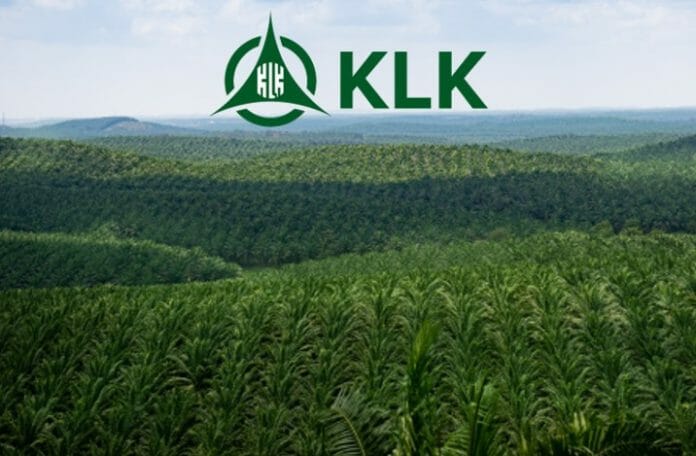KLK continues to find its upstream segment as the key earnings driver, the plantation company normalised profit increased +2.1% to RM2.3b as revenue soared +36% to RM27.1b. Margin was squeezed to 8.3% (-1.8ppts) by a fair value loss of RM17.4m on valuation of unharvested FFB and higher CPO production as well a drop in profits from refineries and KCP operations. Overall, net earnings of RM2.3b came in within the expectation of analysts at MIDF, making up 100% of their full-year estimate.
This plantation segment continued to reap more profit on a year-on-year basis to RM513.6m (+13%yoy) versus RM453.2m in 4QFY21, driven by higher CPO selling prices realized at RM3,815/mt (4QFY21: RM3,631/mt), increase in CPO and PK volume. However, MIDF asks to take note that the increase in profit had been partially offset by higher CPO production cost compounded by fair value loss of -RM10.0m (4QFY21: -RM32.8m) on the valuation of unharvested FFB.
As for manufacturing & property, the manufacturing segment’s profit fell by -41%yoy to RM164.2m (4QFY21: RM276.6m) on the back of lower contribution from Oleochemical division amidst unrealised loss of RM57.7m from fair value changes on outstanding derivatives contracts. However, higher profits from refineries and kernel-crushing operations helped to offset the profit drop.
In consideration of the year-to-date average CPO price of RM5,262/Mt and the tougher market environment on CPO prices, MIDF slashes earnings estimates by -13%/-28% for FY23/FY24 based on the new average CPO price RM3,500/RM3,000, as well as lowered assumptions on productions and margin.
Despite this, the research house is maintaining its BUY call with a revised TP of RM26.00 (previously RM31.50).
This implies an expected total return of +26%. MIDF opines KLK’s outlook remains sturdy, post-IJM acquisition, as its long-term plan strategy to expand its upstream business looks fruitful propelled by elevated ASP of CPO realised. Its profit possesses a mixture of downstream segments circa 29- 22% that can withstand any downside risk in CPO volatility









